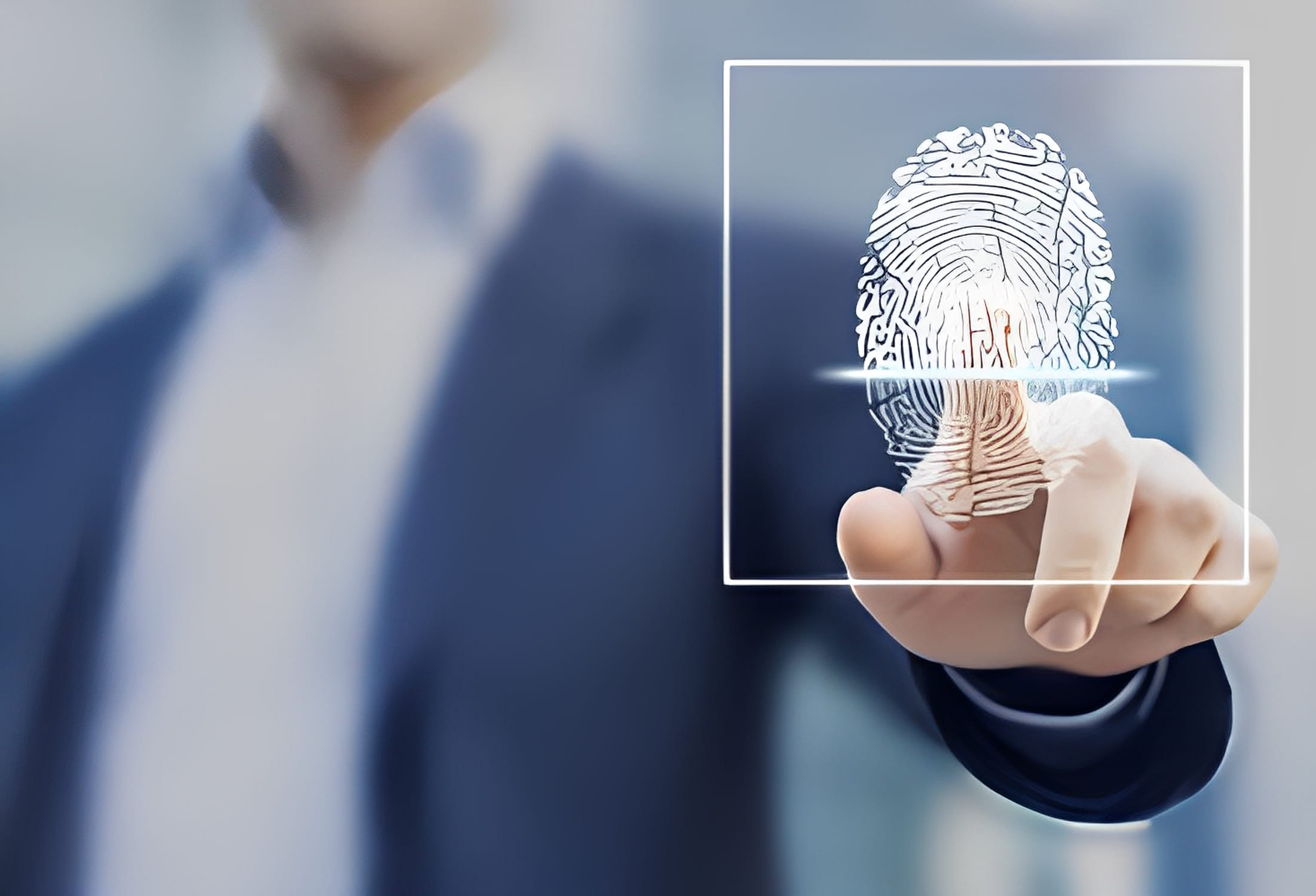Accuracy of recognition
Contents
One of the primary indicators of reliability is the accuracy of biometric recognition. The evaluation process included measuring the system’s ability to correctly identify or verify an individual based on their biometric data. There are two measures that present the accuracy rates: the False Acceptance Rate (FAR) and False Rejection Rate (FRR). The lower both of them are, the higher reliability can be expected.
The Proprietary Fingerprint Template
A series of evaluations is possible in the case of fingerprint matching technology, referred to as the Proprietary Fingerprint Template (PFT), conducted by NIST (National Institute of Standards and Technology).
These evaluations aim to test the performance and accuracy of one-to-one fingerprint matching, employing proprietary templates, with use of unified datasets and rulesets. To assess the reliability of the PFT algorithm, a PFT III was created for participants to conduct testing using biometric data provided by NIST, which is also responsible for providing a testing environment and protocol for the tests.
Accuracy evaluation
The attempts to deceive biometric systems require technology scientists to enhance security measures all the time. That’s the reason why modern biometric systems often incorporate fingerprint detection mechanisms, allowing them to detect biometric samples and false ones, such as silicone replica. The detection of real samples prevents unauthorised access to systems.
Biometric modality selection
The reliability of biometric technologies is greatly dependent on modality selection. Fingerprint recognition is considered to be the most reliable due to the uniqueness of fingerprints. When facial recognition or iris scanning are taken into consideration, their reliability may vary. That leads to the conclusion that various technologies will present different levels of reliability, depending on the modality. Read more about fingerprint recognition algorithm evaluation to explore the topic more deeply.
